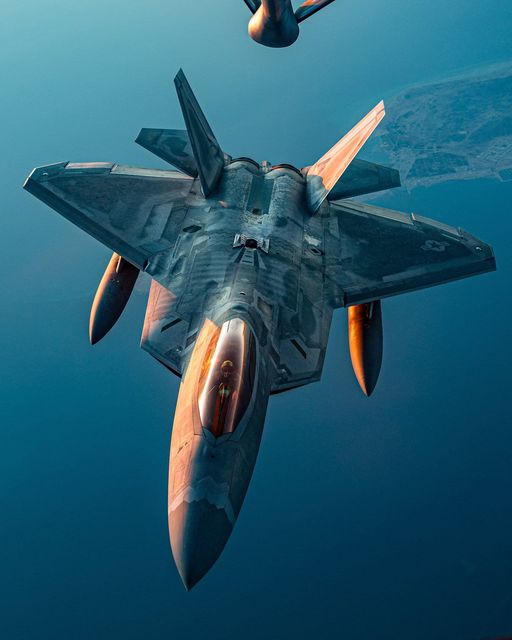For some time now, the Air Force has been openly discussing plans to retire its most potent air superiority fighter, the F-22 Raptor, in favor of its next fighter in development. And while the exact timeline remains somewhat murky, the fact of the matter remains: The reign of the Raptor is coming to an end
When the Lockheed Martin F-22 Raptor first rolled onto the flight line in 1997, it was an aircraft so unlike anything in service that it would soon be embraced as the basis from which a new generation of fighters would emerge what most of us know as the 5th generation. Now, a full quarter-century later, only three more tactical jets have found their way into service with sufficiently advanced capabilities to earn that coveted 5th-gen designation. And despite these jets being newer than (and often based in some part on) the F-22, the venerable Raptor is still widely considered to be the most potent air-to-air fighter on the planet.
Independent analysis of the F-22’s stealth and combat capabilities, especially as compared to Chinese and Russian fighters that are widely considered to be less stealthy, remains favorable. And with far older platforms like the F-15, F-16 and F/A-18 not only still in service, but still receiving upgrades, many have come to ask…
Why on earth would the U.S. want to retire the F-22 Raptor?
BLUFF – BOTTOM LINE UP FRONT
The F-22 Raptor is still widely considered to be the most capable air superiority fighter on the planet, but it’s slated for retirement in the 2030s. Here’s why:
- The F-22 was canceled after just 186 airframes were delivered and large portions of its production line were then used for the F-35, making building new Raptors all but impossible.
- The F-22’s design and avionics are increasingly dated. The cost of modernizing it for the decades to come would be untenable (and still wouldn’t solve all of its problems).
- The F-22 will be replaced by a new fighter being developed in the Next Generation Air Dominance Program.
- The F-22 is being retired sooner than older jets because of its small numbers and high cost of operation.
THE RAPTOR HAS BEEN AN ENDANGERED SPECIES FROM THE START
The F-22 was born out of the Air Force’s Advanced Tactical Fighter program, an effort that really began all the way back in 1981, when the Air Force first developed and established its list of requirements for a next-generation air superiority fighter meant to replace the already-legendary F-15 Eagle. In 1981, the Cold War was still very much alive and well, and while the F-15 was designed as an answer to what America thought the MiG-25 was capable of, the Air Force believed that it would only be a matter of time before the Soviets fielded their own next-generation fighter meant to counter the F-15.
